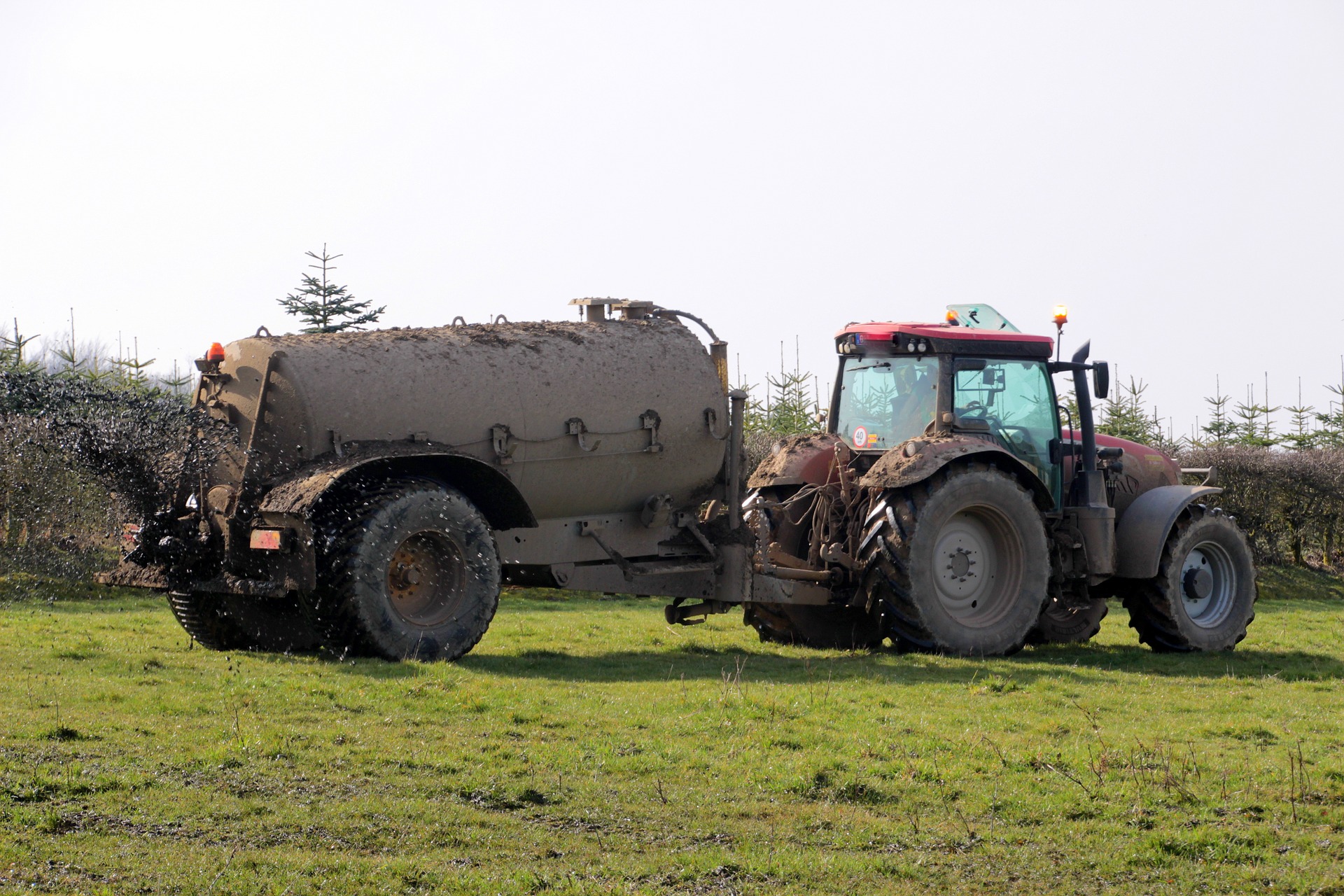Sustainable Phosphorus Use in UK Agriculture workshop at Cranfield University
18/05/2018

Biosolids are a good example of the circular economy conundrum. We need to re-use all types of resources – even human waste – because, as the United Nations has reported, the over-use of the planet’s resources is due to reach 400% by 2050.
There’s a problem with the disposal of domestic biosolids (around 10 million tonnes in the EU annually). Disposal at sea has, thankfully, been banned, and disposal in landfill severely restricted. At the same time the biosolids contains invaluable materials. There’s a global scarcity of phosphorus for fertilisers, leading to an over-reliance on ‘hotspots’ of supplies such as Morocco. Global food security for an expanding population will depend on finding new sources of phosphorous to protect and improve crop yields. It means biosolids , as a renewable source of phosphorus, is a huge opportunity for industries across the chain, from water to agriculture, to minimise the reliance on chemicals. The circle should be complete, the circular economy box ticked.
But it’s not. Since EU directives, the amount of biosolids treated to standards that make it suitable for use on farmland has risen, but the picture of its use is patchy. Ireland recycles around 90%, the UK 80%, but in other states it’s much lower, and in Switzerland it’s only used as an incinerated dry ash. Because we still live in a world where we flinch at the thought of re-use, of tainted materials – no matter the extent of the sanitisation involved.
On a practical level, there is a host of other issues that are obstructing the flow of the circle: as an organic material the biosolids content is highly variable in terms of the nutrients it contains, meaning a highly variable value as a fertiliser; it’s difficult for agronomists to measure and track the impact for land management, as the rate of nutrient release is also unpredictable. There can be concerns over the concentration of heavy metals and organic pollutants in the biosolids, the potential for accumulations that are transferred into the crops, as well as the possibility of excessive concentrations of phosphorus. It means there can be a need for supplements and treatments to maximise effectiveness. Transporting biosolids in its wet form requires the use of tankers and an added expense for the supply chain. At the same time, the essential nature of biosolids as a bulk of organic matter is of huge value in itself, in providing renewable supplies of materials to preserve and replenish eroding topsoils – an advantage not provided by the treated, super-sanitised ash and pellets.
We’re left with any number of question marks for all the stakeholders involved, from policy to the water utilities, to technology developers, fertiliser companies and to farmers themselves. What next? We need to catch the end of the loop of the circle, and that means working together to find the best technologies and processes for all involved. What’s going to be most cost-effective? What treatments and additives lead to the most reliable ‘product’? How do we go about measuring the impact of different biosolids derived products on different soil types and different crops, and make sure this insight is shared? Can fertiliser companies part replace their use of mined phosphorus sources with biosolids?
Through a Knowledge Exchange workshop at Cranfield University we’re trying to get the conversation started. The event will involve senior figures from the water industry, agriculture, technology alongside Defra and the Environment Agency. Rather than presenting academic research, the Knowledge Exchange is about practical insight and the opportunity for collaborations, setting up a loose network for the development of new ideas, technologies and solutions. Because only this way will the broken circle be fixed.
To register interest and join the Knowledge Exchange event on 21 June 2018, https://www.cranfield.ac.uk/events/events-2018/sustainable-phosphorus-use-in-uk-agriculture
Categories & Tags:
Leave a comment on this post:
You might also like…
Automotive Engineering: From student to hypercar innovation at Rimac
We sat down with recent graduate Thomas Perrin, to discuss how his year on the MSc in Automotive Engineering at Cranfield University propelled him from the lecture hall directly into the ...
What this year at Cranfield really meant to me
Every Cranfield journey is unique. In this alumni reflection, Zachea Scicluna shares what her year at Cranfield truly meant, from facing uncertainty to gaining hands-on experience in industry-backed projects. I’ve been reflecting (and delaying) ...
Preparing for assignments and exams?
Sorry! We know it seems a bit mean to mention the exams in January rather than looking forward to the break before it! However, we know many of you will be thinking about your forthcoming ...
Screening for FTSE 100 companies on Bloomberg
So you’re researching an index and need some data on its constituent companies? Bloomberg’s Equity Screening tool makes light work of this, not just for the FTSE, but for indices, exchanges and sectors worldwide. Type EQS ...
Accelerating my future: How Cranfield put me on the fast track to automotive safety innovation
Hello! I’m Michaela Kaiser, and I’m thrilled to share my journey studying abroad. I’m from Calgary, Canada, and I recently graduated from Cranfield’s MSc Automotive Engineering course. My path to Cranfield ...
From Myanmar to Cranfield: My path to Renewable Energy
As someone who is passionate about sustainability, my career goal is to build a path in the renewable energy sector. My aspirations comes from the benefits of developing sustainable energy sources and ensuring energy ...






